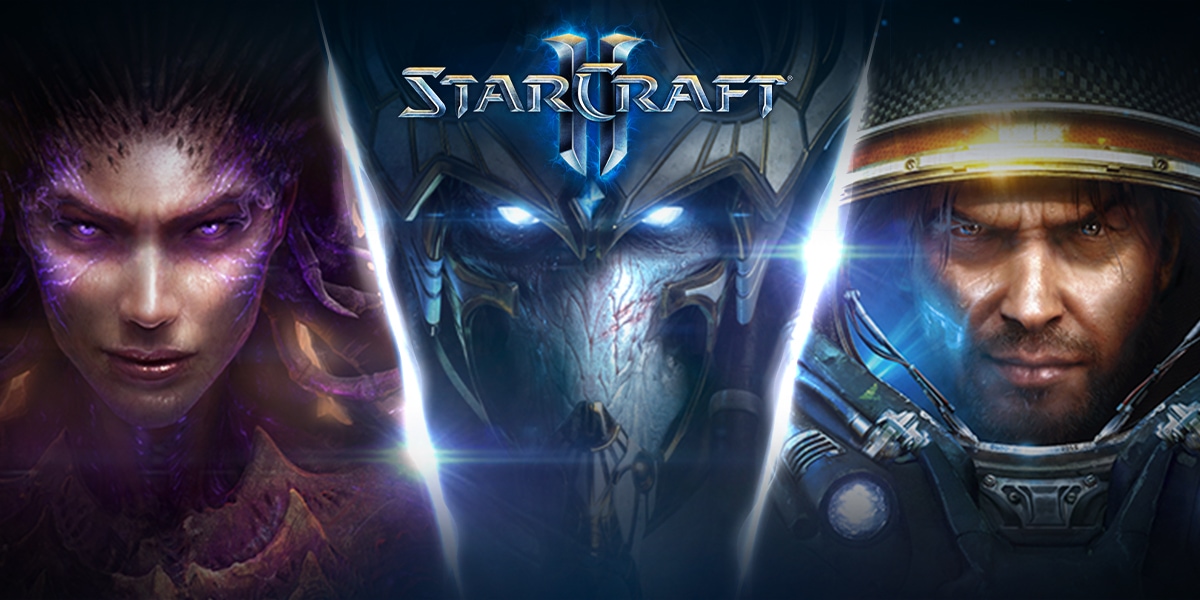Introduction
StarCraft II is the highly anticipated sequel to the critically acclaimed real-time strategy (RTS) game, StarCraft. Developed by Blizzard Entertainment and released in 2010, it continues the storyline from its predecessor while introducing new features, units, and mechanics that have redefined the RTS genre. In this article, we will delve into the history of StarCraft II, its gameplay mechanics, expansions, eSports scene, and impact on the gaming industry.
History and Background
StarCraft was first released in 1998 by Blizzard Entertainment, a renowned video game developer known for their high-quality titles such as World of Warcraft and Diablo series. The original StarCraft quickly gained popularity worldwide due to its engaging storyline, deep strategy, and well-balanced multiplayer experience. As fans eagerly awaited the sequel, Blizzard Entertainment took their time to ensure that they could deliver a worthy successor.
Gameplay Mechanics
StarCraft II maintains the core gameplay mechanics of its predecessor while introducing new features such as unit customization and upgrades, improved graphics, and an immersive storyline. Players can choose from three distinct races: Terran, Protoss, or Zerg, each with their unique units, technologies, and strategies. The game’s single-player campaign is divided into multiple episodes that follow the stories of different characters, providing a rich narrative experience alongside strategic gameplay.
Multiplayer
StarCraft II has an active multiplayer scene where players can compete against others in ranked matches or casual games. The game features a matchmaking system to ensure fair and competitive matches based on skill level. Additionally, StarCraft II supports custom games that allow for unique map designs and rulesets, enabling players to create their own experiences within the game.
Expansions
StarCraft II has two official expansions: Heart of the Swarm (2013) and Legacy of the Void (2015). Each expansion adds new units, abilities, and campaigns for each race, further expanding on the StarCraft universe’s lore. These expansions also introduced balance changes to address imbalances in multiplayer gameplay.
eSports Scene
StarCraft II has a thriving eSports scene with numerous professional leagues and tournaments worldwide. The game is known for its deep strategic complexity, which requires players to have exceptional decision-making skills and quick reflexes. Some of the most prestigious StarCraft II events include BlizzCon’s World Championship Series, DreamHack, and Intel Extreme Masters.
Impact on the Gaming Industry
StarCraft II has had a significant impact on the gaming industry by redefining the RTS genre with its deep strategy, immersive storyline, and engaging multiplayer experience. The game’s success led to an increase in interest for eSports, which has grown exponentially over the years. Furthermore, StarCraft II’s strong community has contributed to the development of modding tools that have allowed players to create custom content, further extending its lifespan and appeal.
Conclusion
StarCraft II is a modern classic in the RTS genre, offering an engaging single-player campaign, deep multiplayer experience, and a thriving eSports scene. Its impact on gaming has been profound, inspiring countless other games to adopt similar mechanics while maintaining its status as one of the most popular and beloved strategy titles. With continued support from Blizzard Entertainment and its passionate community, StarCraft II will remain an essential part of gaming history for years to come.

